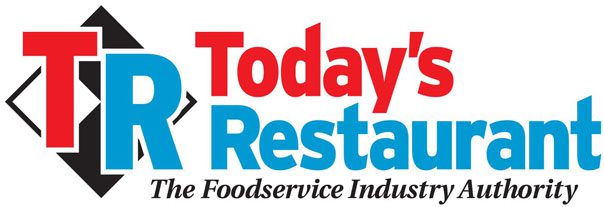
Lower Food Cost Overnight With These 3 Great Simple Tools
3 Simple Tools to Lower Food Cost
By David Scott Peters
Food cost has been the number one challenge for independent restaurants as long as I can remember. And I’m old! I have more than 30 years in this industry and there have been three key national crises that have resulted in higher food cost:
- First 9/11
- 2008 Recession
- COVID-19
In all three cases, we saw a drastic decrease in sales, while food cost and labor cost continued to go up. Now that all signs point to us coming out of the COVID-19 restrictions, I want to teach you a set of three restaurant solutions to use to get a two to three-point drop in your food cost. No heavy lifting is required. No recipe costing cards are required and no shelf-to-sheet inventory.
While those are critical to your success, and they’re in the top five of the restaurant systems I teach, you can use the three restaurant solutions I’m about to teach to have an immediate impact on your restaurant’s bottom line. (Your prime cost is a factor here, which is the combination of your total COGS and labor cost. Visit my website davidscottpeters.com/blog and search for prime cost to learn the complete prime cost formula).
The first solution is a purchase allotment system, something I call the Restaurant Checkbook Guardian. I named it that because most of the owners I work with are scared to authorize their managers to place orders because they think they’re going to go wild with the money and there won’t be anything left in the bank. But with my Restaurant Checkbook Guardian, you will still have control of the checkbook and the money in the bank.
This purchase allotment system also stops the common practice in independent restaurants of writing checks to solve all the missteps, under-orders, over-orders, etc. The Restaurant Checkbook Guardian allows you to give your managers a budget that tells them exactly how much money they can spend. It’s five minutes of work a day using your sales forecast, your daily sales report, a budget where your food cost should be and tracking purchases on your invoice log and paid-out log. With all of this information, you can tell your managers how much money they can spend on the next order.
With the purchase allotment system in place, you can give up ordering. You can have a little freedom from your restaurant. Enjoy a little dinner out with family. Maybe even go to a restaurant show (when we can travel and do that again). As you gain more confidence in management’s abilities, you will even give them a little leeway to order a bit over if they can justify it.
Not only can you give up the ordering and get some freedom back, your management team will start to become more judicious with your product, wanting to scrape out every last ounce in a jar and rotate products as they come in so they’re using what’s already on the shelves first.
While they’re doing this, they’re going to discover waste and theft.
That’s where the second solution comes in. A key item report, or Key Item Tracker as I call it, is where you track your high-dollar items, maybe filets, or things you don’t want stolen. It could be just French fries because you sell so many of them, and you have cooks prep them, put them in 5-ounce portion bags that you use order by order by order. You can keep track of them on the Key Item Tracker. All you have to do is take five to 15 items on a daily basis and track them every shift. How many do you start with, how many prepped or purchased and what your ending inventory should be.
Go to the POS system and find out how many you sold. Subtract that number from the Key Item Tracker to find out how many should still be in the freezer. Take your clipboard, go back there, open up the walk-in and count. You should have the same number and if you don’t, you need to find them. Where should they be? They were either wasted or stolen.
That leads us to the third solution, the Waste Tracker. With this system you are tracking everything in the kitchen that gets thrown away. It allows you to look for patterns and problems. If tomatoes are going in the garbage every Thursday because you’re over ordering them on Monday, maybe you should reduce your par level. You can see that dumb mistake today and fix it today.
The same thing can be happening with staff – front and back. Are you throwing out burnt burgers? Maybe a line cook needs to be taken off the line for retraining. Or maybe the new server keeps running back to the kitchen yelling, “Don’t make, don’t make,” after the order’s been made. She might need some training on the POS system.
And back to the possibility of theft. If items are missing from the Key Item Tracker and not showing up on the Waste Tracker, you could have theft. Train everyone to use the systems and then verify. The theft will virtually disappear. Once a thief knows you’re paying attention, they stop.
When you put your management team on a budget, hold them to that budget, prevent theft and track waste, not only can you fix mistakes when they’re discovered, you take control of your food cost.
Use these three systems, and I guarantee you will see a 2–3 point drop in your food cost.
David Scott Peters is an author, restaurant coach and speaker who teaches restaurant operators how to take control of their businesses and finally realize their full potential. His first book, Restaurant Prosperity Formula: What Successful Restaurateurs Do, teaches the systems and traits to develop to run a profitable restaurant. Thousands of restaurants have worked with Peters to transform their businesses. Get his three principles to restaurant success at https://dsp.coach/three-key-principles.





Recent Comments